From the 19th century to New Objectivity
Audio guide
Always at the Lenbachhaus
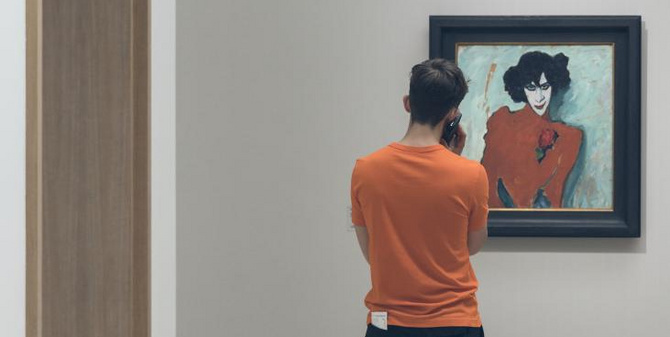
more information

The Städtische Galerie im Lenbachhaus, the municipal art gallery of Munich, was opened in the former villa of the artist Franz von Lenbach in 1929. Lenbach was a key figure in the late-nineteenth-century art scene that established the myth of Munich as a capital of the arts.
Raised as the thirteenth child of the master mason of Schrobenhausen, a provincial town in Upper Bavaria, he carefully cultivated his public image from the early days of his career in the 1870s, staging himself as a cosmopolitan artist and virtuoso of his craft. His success as a celebrated portraitist enabled him to build himself a residence befitting his station: between 1887 and 1890, he worked with the renowned architect Gabriel von Seidl to construct a spacious villa and studio in the immediate vicinity of Königsplatz square. The restored reception rooms on the villa’s first floor give an impression of the splendor in which the “prince of painters” lived with his family.
Prominent public figures from Germany and abroad flocked to Lenbach’s home to have him paint their likenesses. His technique was inspired by Old Masters such as Rubens, Titian, and Veronese, but he also enlisted photography to support his thriving portrait practice.
For his residence, Lenbach purchased a property directly outside the Propylaea, a symbolic city gate, and in the immediate vicinity of the major public art collections, including the Glyptothek and the Royal Art Exhibition Building (now home of the State Collection of Antiquities) on Königsplatz. The Alte and Neue Pinakothek are only a short walk away. The situation underscored the villa's representative function.
The atelier wing was built first, with studios as well as finely appointed rooms in which Lenbach received his elegant clientele. The central residential wing came next, its formal vocabulary inspired by Tuscan villas; Max Kolb designed a garden with a fountain to frame the ensemble.
If the exteriors of Lenbach's villa signaled his achievement to the passerby, the interiors were no less magnificent. Residential and representative rooms as well as the studio and gallery wing were lavishly decorated in various historic styles. The ample original furnishings included precious ancient sculptures, medieval paintings, rare carpets and tapestries, and copies of artifacts when originals could not be obtained. Behind the scenes, Lenbach's was one of the most modern homes in Munich: it had electric light throughout with its own generator and featured steam heating, a bathroom, and a photo studio.
This splendor gave outward expression to how Lenbach’s time envisioned the life of a "prince of painters." The villa was a suitable setting in which to accommodate even guests of the highest rank: when Prince Bismarck, whose public image had been shaped by the numerous portraits Lenbach had painted of him, visited the Bavarian capital in 1892, he received the ovations of the people of Munich on the balcony of Lenbach’s home.
After the buildings suffered major damage in 1944 and 1945, only the foyer and the representative rooms on the first floor of the central wing could be reconstructed; the work was completed in 1952. The original colors of the entrance hall were restored in 1994; in 1996, curators, relying on old photographs, recreated the representative rooms with the original furniture and art objects. These rooms are now devoted to Franz von Lenbach's art and his home as a unique synthesis of diverse creative métiers.
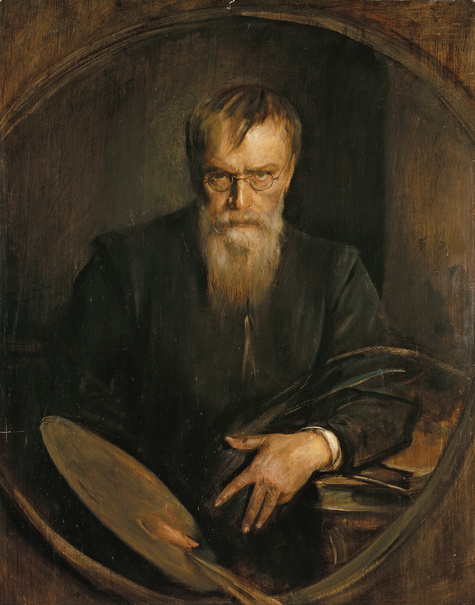
Franz von Lenbach
Selbstporträt, 1902/03
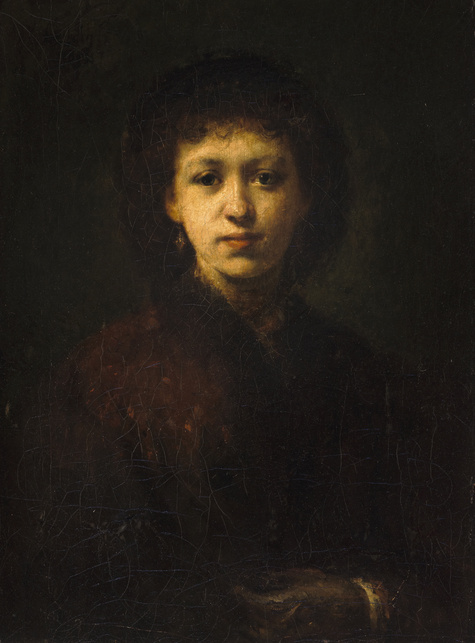
Franz von Lenbach
Josephine Lenbach, 1864

Franz von Lenbach
Mary Stuck (geb. Lindpaintner), 1898
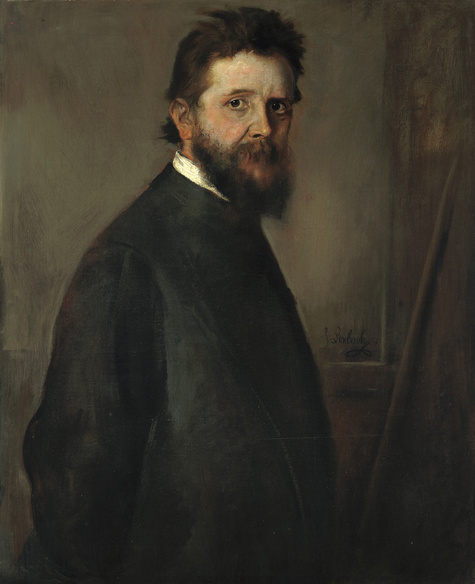
Franz von Lenbach
Adolf Oberländer, Beginn der 1890er Jahre
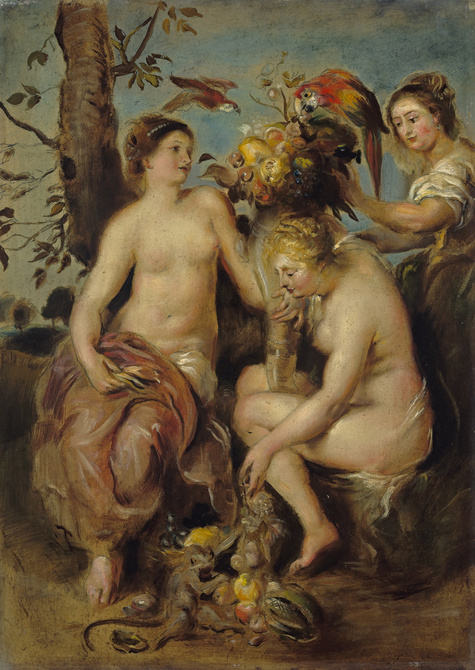
Peter Paul Rubens
Ceres und die Nymphen, Kopie nach Rubens' Gemälde in Madrid, 1890er Jahre
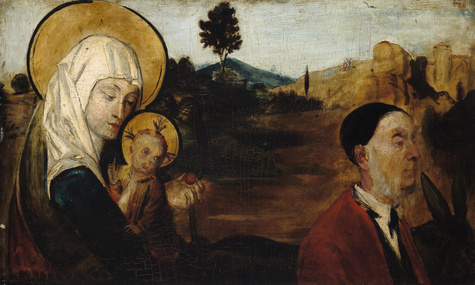
Franz von Lenbach
Flucht nach Ägypten, mit Baron Karl Eduard von Liphart als Joseph, Zweite Hälfte 1860er Jahre
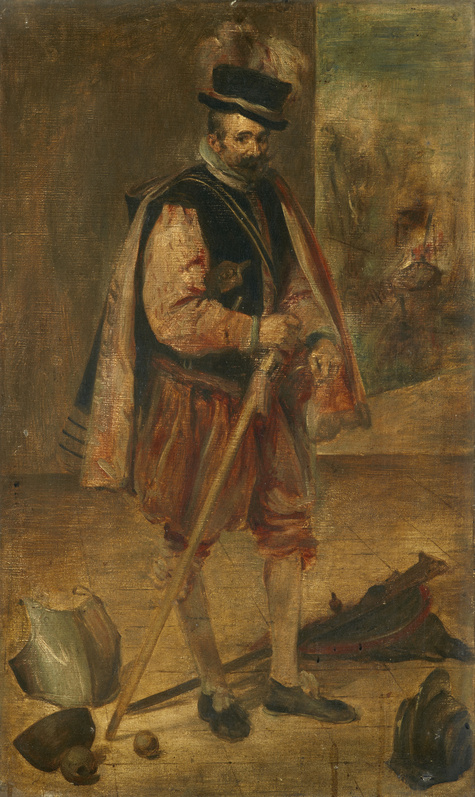
Franz von Lenbach
Hofnarr Philipps IV. von Spanien, Kopie nach Velázquez' Gemälde in Madrid, 1868
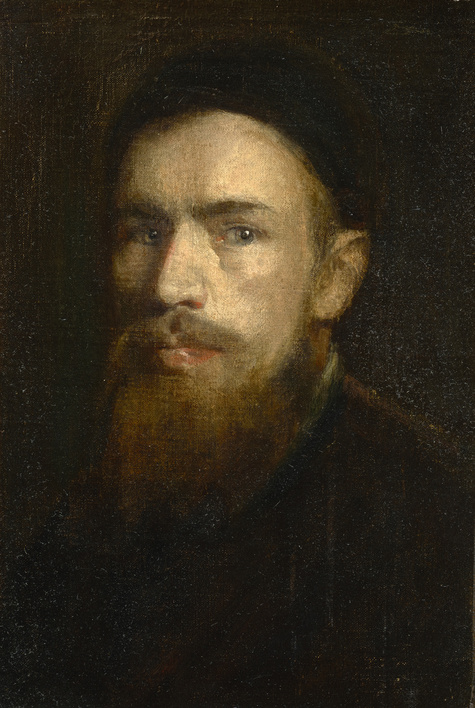
Franz von Lenbach
Franz Lenbach, Mitte der 1860er Jahre
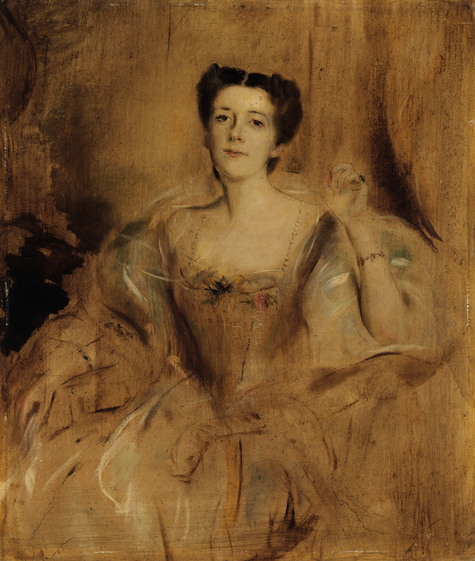
Franz von Lenbach
Mary Lady Curzon of Kedleston, 1901/02
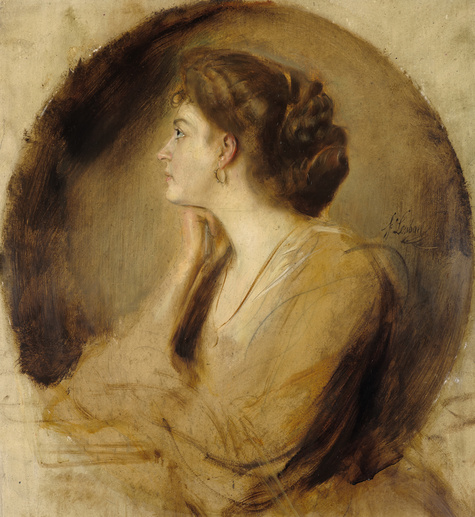
Franz von Lenbach
Margarethe von Stumm (?), um 1902